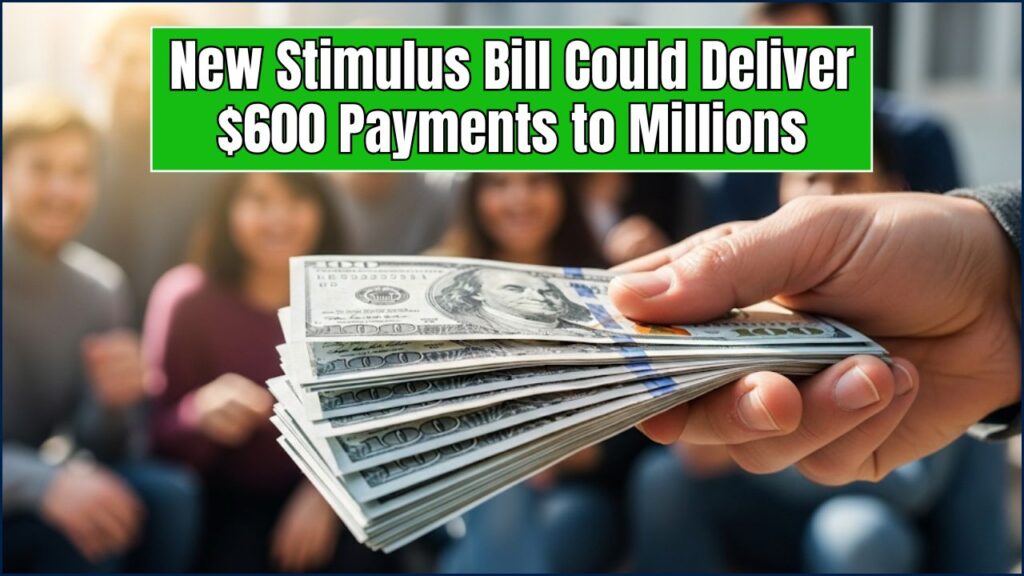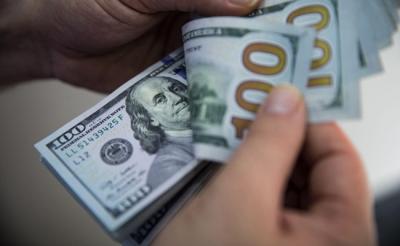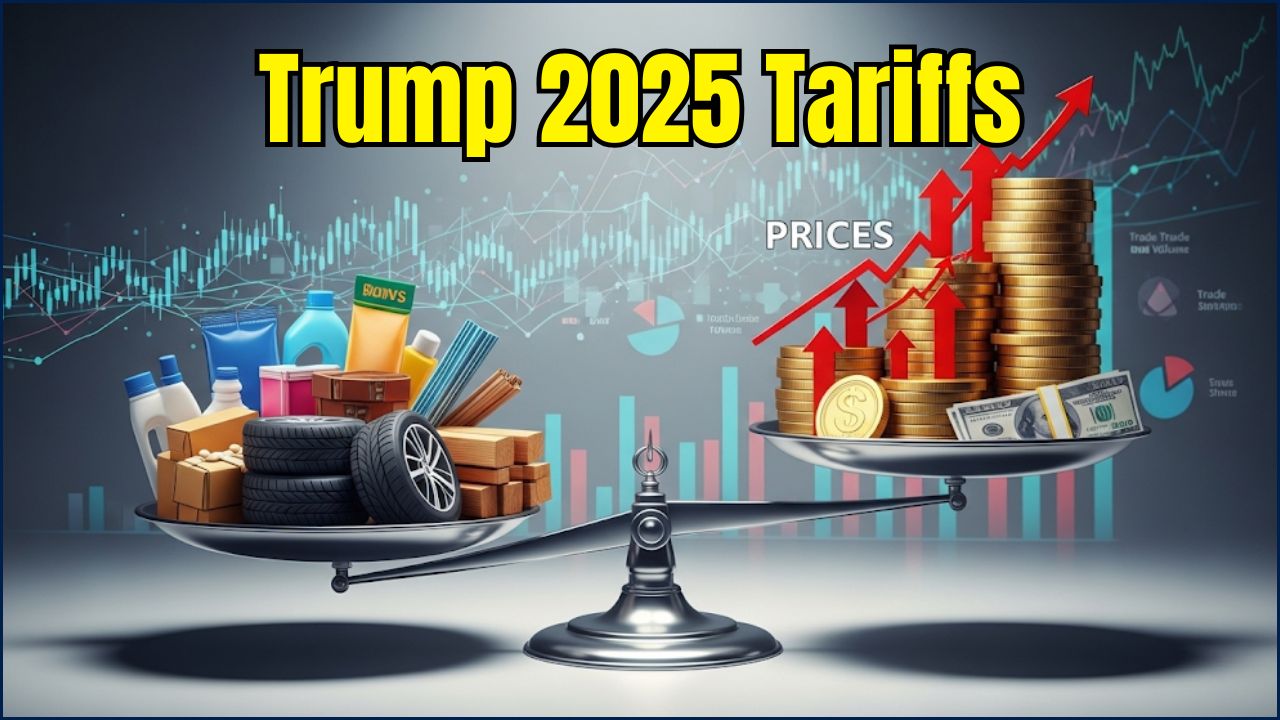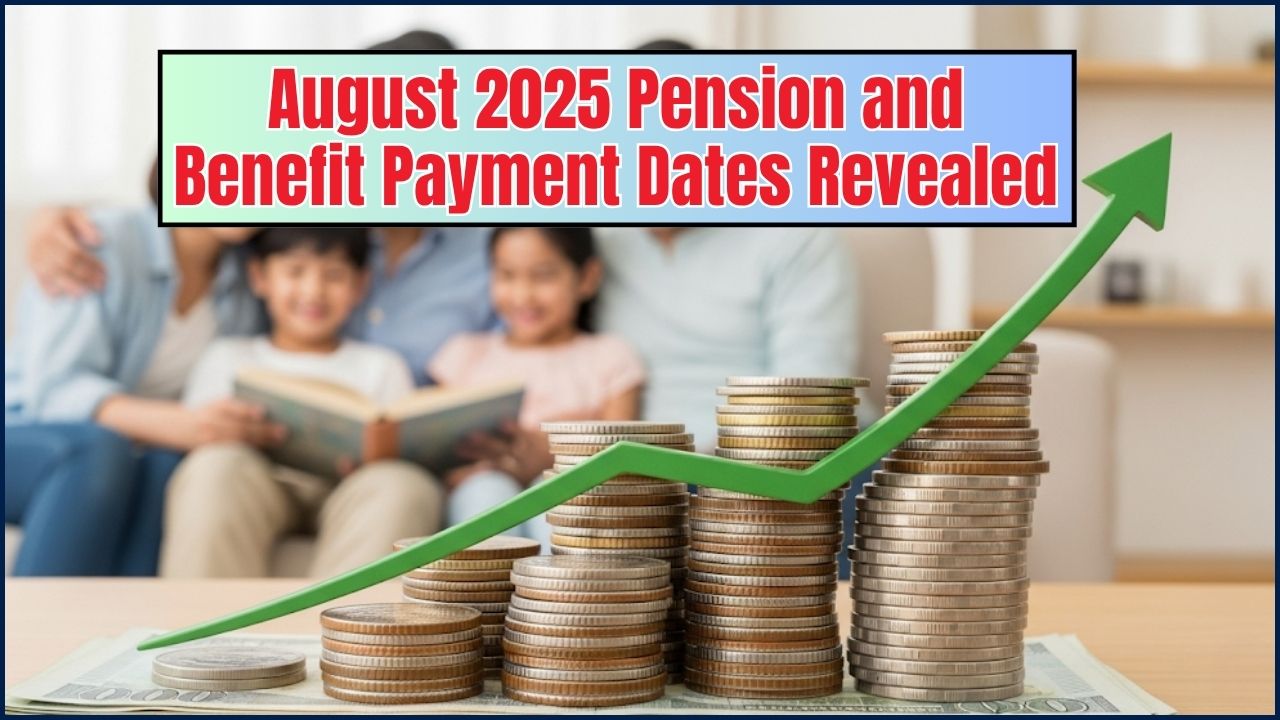The United States government has introduced a new proposal aimed at providing $600 payments to millions of eligible Americans. This comes at a time when many are still dealing with the lingering effects of the pandemic and the ongoing recovery. With the American Worker Rebate Act, $600 direct payments could be a game-changer for those still struggling with financial instability. But who qualifies, how do you get the money, and what should you do with it?

In this article, we will break down the $600 stimulus payments, explain who qualifies, and offer some insights into the possible benefits and challenges of the proposed payments.
New Stimulus Bill Could Deliver $600 Payments to Millions
| Key Info | Details |
|---|---|
| What | $600 payments to eligible individuals and families. |
| Who | U.S. citizens and residents based on income qualifications. |
| Amount | $600 per person, potentially higher for larger families. |
| Eligibility | Single filers with AGI up to $75,000; married couples up to $150,000. |
| Deadline | Payment could arrive by late 2025 or early 2026. |
| Official Source | IRS Economic Impact Payments |
| Legislation Introduced By | Senator Josh Hawley and former President Donald Trump. |
| Current Status | The proposal is still under review and not yet passed. |
The $600 stimulus proposal offers a promising opportunity for millions of Americans still struggling in the aftermath of the pandemic. By understanding the eligibility requirements, staying informed on the timeline, and using the funds wisely, you can make the most of this financial relief. Whether you’re a family, a small business owner, or a single filer, this payment could provide much-needed assistance during uncertain times.
What Is the $600 Stimulus Bill?
The American Worker Rebate Act, introduced in 2025, aims to provide $600 direct payments to individuals and families in the U.S. The funds are intended to provide temporary financial relief for households still recovering from the economic fallout of the COVID-19 pandemic and other financial challenges. This time, the stimulus payments will be funded using tariff revenue—taxes collected on goods imported from other countries—rather than general taxpayer money.

Unlike previous payments that were issued directly to taxpayers, these will be given as refundable tax credits in 2025, meaning you’ll receive them after you file your taxes. For families, especially those with multiple dependents, the amount of the rebate could be more than $600.
Why Are These Payments Important?
After years of financial strain, many families are still dealing with mounting debts, high inflation, and increased costs for everyday goods. The goal of these payments is to provide immediate relief while stimulating economic activity through increased spending. Historically, stimulus payments have been used as a tool to stimulate the economy by boosting consumer spending and demand.
Eligibility Criteria: Are You Eligible?
To determine whether you qualify for the $600 stimulus, you need to meet certain income requirements. Here’s a breakdown of the criteria:
1. Income Limits
The payments are aimed at individuals with modest to middle incomes. The following adjusted gross income (AGI) limits apply:
- Single filers: Up to $75,000 AGI
- Heads of household: Up to $112,500 AGI
- Married couples: Up to $150,000 AGI (combined)
2. Dependents
If you have dependents, you will be eligible for additional payments for each child. The more dependents you claim, the higher the total payment.
3. Tax Filing Status
Similar to previous stimulus payments, your filing status matters. If you haven’t filed your taxes yet, be sure to do so before the deadline to ensure you receive your rebate.
How Will You Receive the Payment?
If the $600 stimulus bill passes, the IRS will issue the payments as refundable tax credits for the 2025 tax year. Payments will be issued as either direct deposits or paper checks. The process will be similar to previous rounds of stimulus payments.
Here’s how to ensure you don’t miss out:
- File Your Taxes: If you haven’t already filed your taxes for 2025, make sure to file before the deadline.
- Keep Your Information Updated: The IRS will use the information from your most recent tax return. Make sure your contact details, including your bank account info for direct deposit, are up to date.
- Stay Informed: Visit the IRS website for updates on the payment timeline. Check your status using their online tools.
- Be Patient: While payments are expected to be issued by early 2026, there may be delays in processing. Don’t panic if it takes longer than expected.
The Bigger Picture: The Impact of Stimulus Payments
The proposal to distribute $600 checks is part of a broader strategy to aid economic recovery. The pandemic hit many families hard, and a significant portion of the population continues to face financial difficulties. Let’s dive into the potential impacts of these payments.
1. Families in Need
For families, especially those with children, the stimulus payments can make a huge difference. These funds can help cover essential expenses such as food, rent, healthcare, and education costs. Families with multiple dependents will receive more money, which could provide a significant boost to their financial security.
2. Economic Impact
When consumers have more money in their pockets, they’re likely to spend it. This spending will help fuel the local economy. Small businesses, in particular, could see increased sales as consumers purchase goods and services with their stimulus funds.
3. Small Businesses
Small businesses are vital to the U.S. economy, and they’re often the hardest hit during economic downturns. The stimulus payment will help ensure that more money flows into the pockets of small-business owners who rely on consumer spending. For example, restaurants, local shops, and service providers could see increased sales as customers use their stimulus funds to purchase goods.
Potential Concerns and Drawbacks
While the $600 stimulus could offer significant benefits, there are some concerns associated with this approach:
1. Inflationary Concerns
Some economists worry that the repeated distribution of stimulus funds could lead to inflation. More money in circulation could potentially drive up prices, making it harder for people to keep up with rising costs.
2. Debt and Deficit
Funding the stimulus using tariff revenues has raised concerns about the long-term financial impact. The federal deficit is already a topic of debate, and critics argue that adding to it could have long-term economic consequences.
3. Inequities in Distribution
Some argue that the $600 might not be enough for families to rebuild after years of financial strain. Additionally, those who don’t file taxes may miss out on the payments altogether, further exacerbating the gap between low-income and middle-income households.
How to Make the Most of the $600 Stimulus
Once you receive your $600 payment, it’s essential to use the money wisely. Here are some suggestions for making the most of the funds:
- Save for Emergencies: If you don’t have immediate expenses, consider putting the money into a savings account for emergencies.
- Pay Down Debt: Use the funds to pay off high-interest debts, such as credit card balances.
- Invest for the Future: If you’re financially secure, consider investing the payment to build wealth over time.
- Support Local Businesses: Use the funds to shop at local retailers or dine at small restaurants, boosting the local economy.
FAQs
1. When Will I Get My $600 Stimulus Payment?
Payments will likely arrive by late 2025 or early 2026, once the IRS processes your tax return.
2. Can I Get More Than $600?
Yes! If you have dependents, you could receive more money, with families potentially receiving up to $2,400.
3. How Do I Check If I Qualify?
You can check eligibility through the IRS portal or by consulting with a tax professional.












